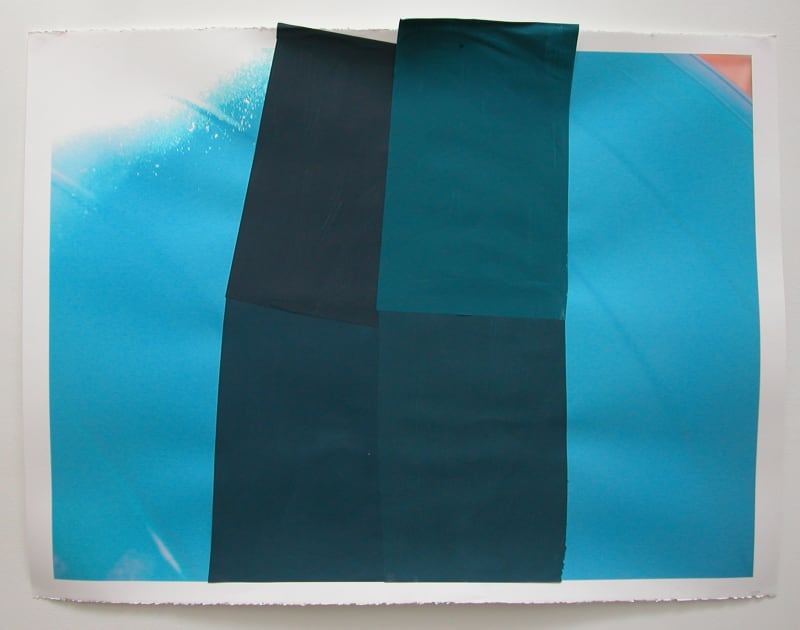Indeed, Hyde’s work, as it has developed during the nineties, involves a deliberately do-it-yourself kind of experimentation, free of any aesthetic constraint, with painting’s different ways of signifying; it involves issuing various signs of painting in various objectal contexts. In this, although in a category all his own, he is utterly a man of his time, one of at once post-Duchampian post-Warholian abstraction, instilled with the ever so tiny distance separating the thing from the sign of the thing, language from metalanguage – an abstraction covering a vast, complex territory with landmark names as different as, to mention just a very few artists, Gerhard Richter, Olivier Mosset, Jonathan Lasker, John M Armleder, Ross Bleckner, Bernard Frize , Gerwald Rockenschaub, Peter Halley or Christopher Wool. In view of their formal introduction, a kind of proliferation of the pictorial effect, unsurprisingly Hyde’s meta-paintings have taken on a wide variety of styles. Thus, among his numerous other plastic propositions, alla fresca paintings on blocks of expanded polystyrene, now of imposing dimensions, now broken up into tiny fragments; glass boxes, either empty or containing pictorial deposits, or even waste; painted handle-shaped artifacts in wood and cement; sets of painted leaves nailed to the wall ; pieces of cast glass on shelves, clumsily wrapped in sticky tape; chromatic compositions on objects that look like items of furniture; sometimes gigantic pillows, covered in colors; and so on and so forth. And as painting, at its different ages, has been embodied in numerous incarnations, through a multitude of styles, the signs used to refer to it are of necessity beings charged with history. Whether intentionally, or not, those delivered by Hyde’s work indeed offer a generous range of historical references – Minimalism (that of someone like Donald Judd, notably), Abstract Expressionism, Geometric Abstraction, the Baroque constructions of Frank Stella, some aspects of Imi Knoebel’s art, Supports/Surfaces (for the French eye), but no less the frescoes of the Trecento or Duchamp …
James Hyde | Pandora
Past exhibition


